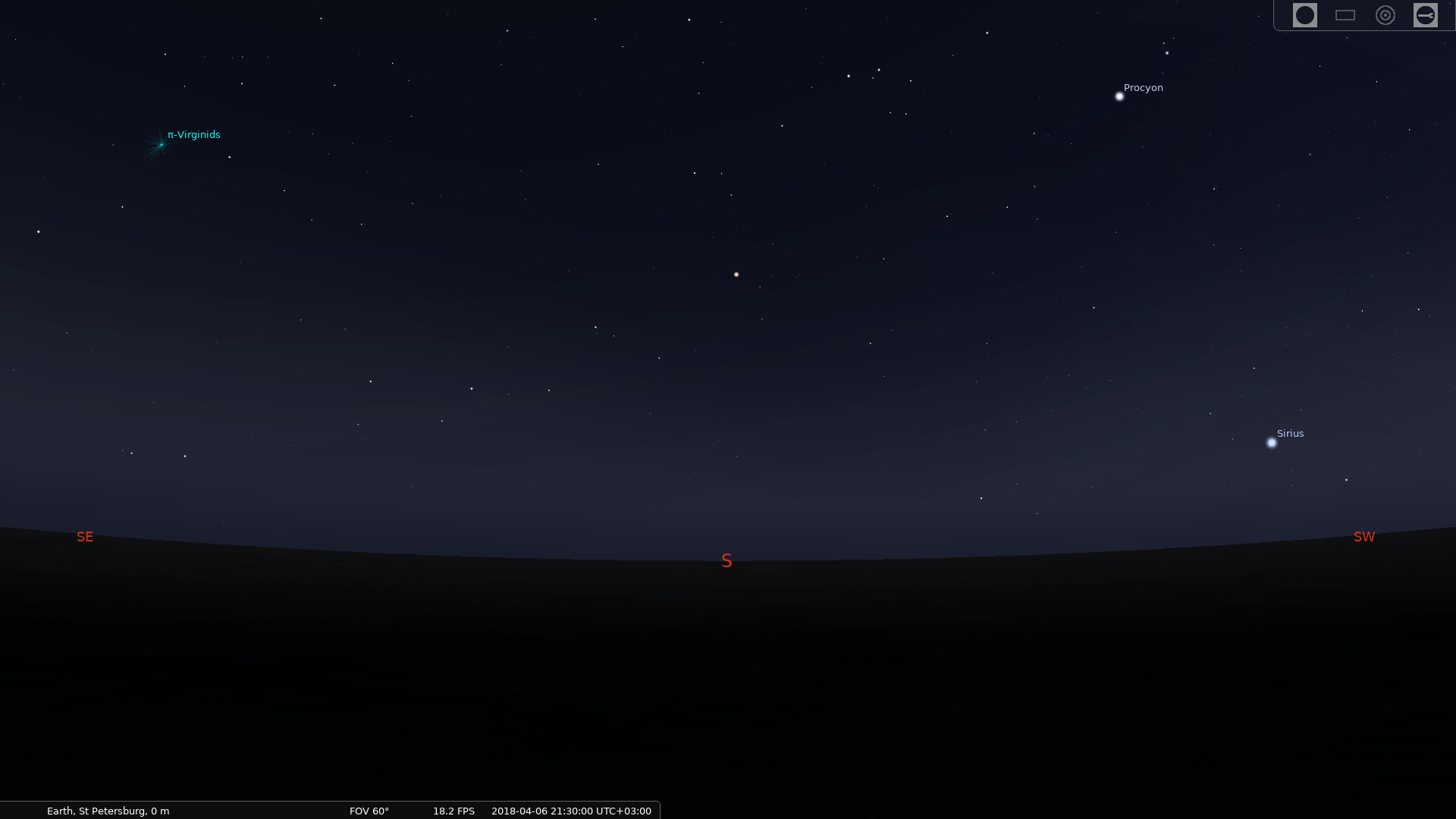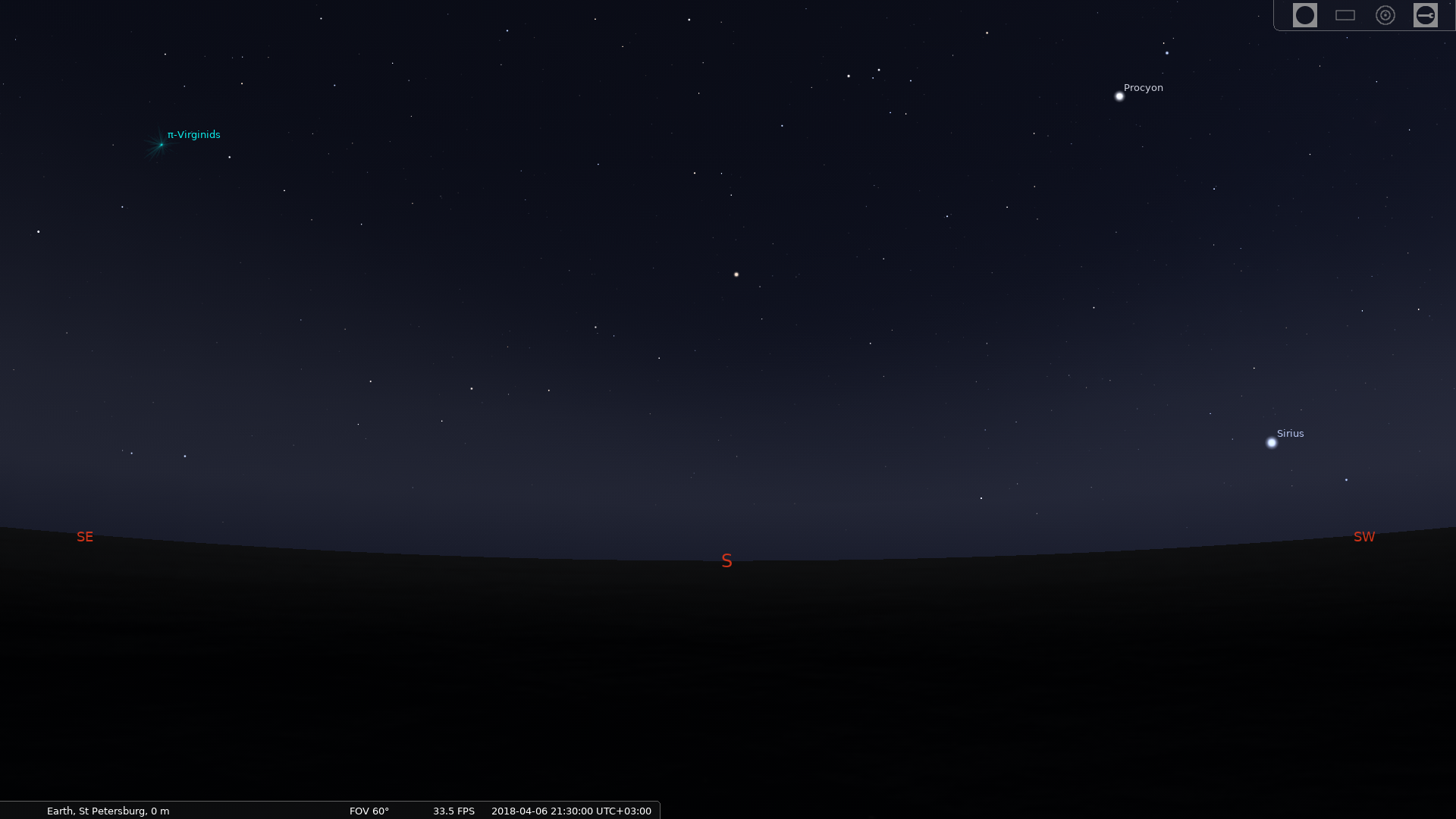Interestingly, on the RasPi3, the final image seems OK. No brightened texture squares:
But no dithering either: see the flat magenta-ish and greenish bands e.g. near the head of the fish. This is also confirmed by the fact that Bayer texture appears black.


 888 is pretty good, the others show banding. Testing with that envvar next...
888 is pretty good, the others show banding. Testing with that envvar next...

See the following screenshot in 1:1 scale to understand the problem:
This banding can be smoothed by application of dithering. I've done a quick-and-dirty implementation of it just to see which places would need it, and below is a proof-of-concept patch I've come up with. I'm sure it can be improved, including a switch to toggle it on/off as well as enable/disable 6 BPP monitor support (which is currently an
#ifdef). Also it might be better to simply do all the rendering to a higher-precision FBO texture (e.g. withGL_RGBA32Fformat) and then simply dither this render target when blitting to screen. But at least this patch makes the image much nicer (see the screenshot after the diff).Screenshot of the same scene with the above patch: